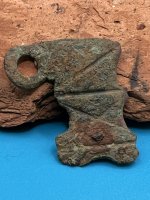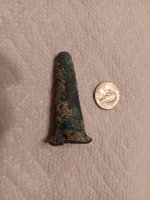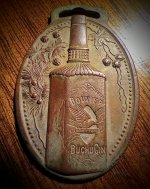S
sportfisher411
Guest
This question is to all, Is there a particular way in which your coins are situated when you find them? ie. horizontal, verticle or at another degree of rotation. Im just interested to see if the sink rate for a verticle coin is faster than a horizontal coin. Just think if they do sink faster then there are alot of deep, nice finds to be had.
Upvote
0







